
BirdLife Malta’s EU-funded LIFE PanPuffinus! Project, now in its last year, has aimed to protect two endemic and threatened Mediterranean seabirds, the Yelkouan Shearwater Puffinus yelkouan and the ACAP-listed and Critically Endangered Balearic Shearwater P. mauretanicus, through a transboundary collaboration for joint large-scale conservation efforts. The project has recently released a video:
“Seabird bycatch: How policy and collaboration drive change”
“Seabirds are vital to our marine ecosystems - but bycatch remains a serious threat. In this video, José Manuel Marques (Director of Marine Environment and Sustainability Services at DGRM, Portugal), Cristina Rosa (Director of Natural Resources Services at the Directorate-General for Natural Resources, Safety and Maritime Services, DGRM, Portugal) and Adrien Lambrechts (Coordinator of the National Action Plan for the Balearic Shearwater at the French Biodiversity Agency, OFB) share how regulations, action plans, and technology are helping to tackle the challenge of bycatch. This video was created as part of the LIFE PanPuffinus! project, which is working with fishers across the Mediterranean to trial mitigation measures and collect vital data on bycatch, while also engaging policymakers to reflect on solutions and influence change at a high level. Through cross-border collaboration between policy makers, scientists, NGOs and fishers, the project is paving the way for lasting solutions to protect seabirds and our marine ecosystems. LIFE PanPuffinus! is co-funded by the European Union.”
John Cooper, Emeritus Information Officer, Agreement on the Conservation of Albatrosses and Petrels, 04 November 2025
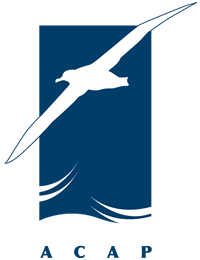
 English
English  Français
Français  Español
Español 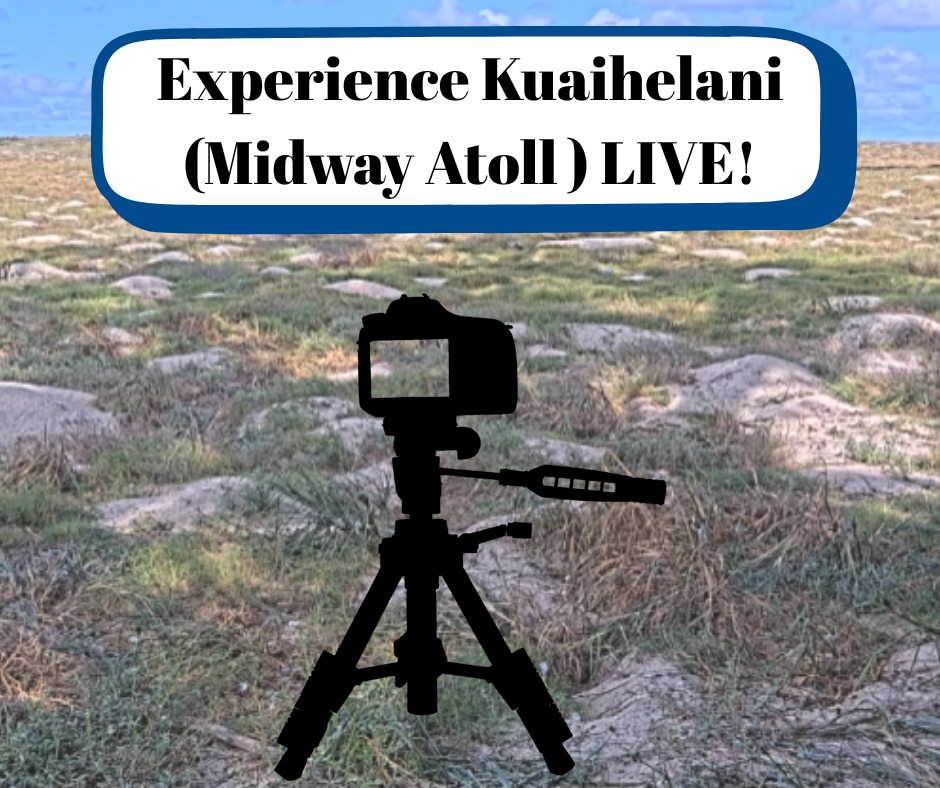
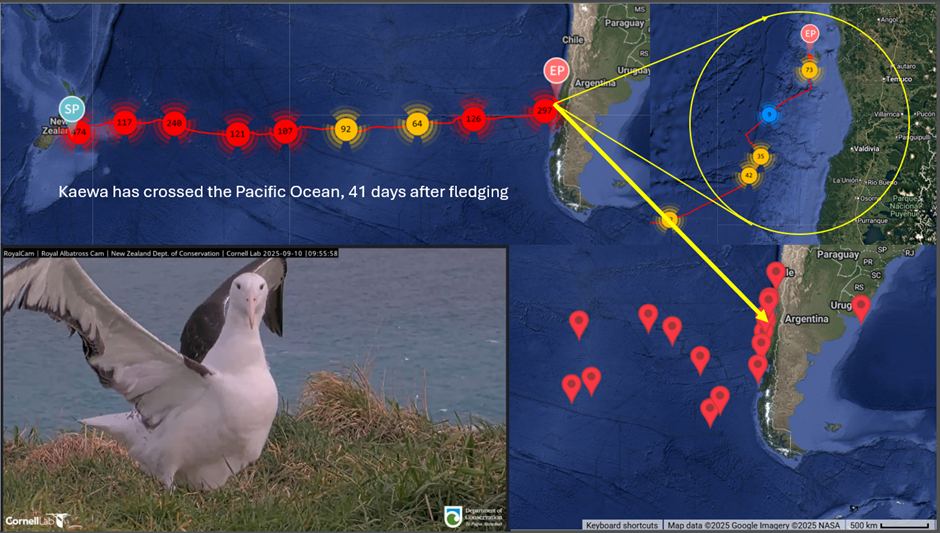
 A bird storm of Fork-tailed Storm Petrels Hydrobates furcatus strikes the R/V Tiĝlax̂ near Kasatochi Island in 2003, photograph by Jeff Williams, USFWS
A bird storm of Fork-tailed Storm Petrels Hydrobates furcatus strikes the R/V Tiĝlax̂ near Kasatochi Island in 2003, photograph by Jeff Williams, USFWS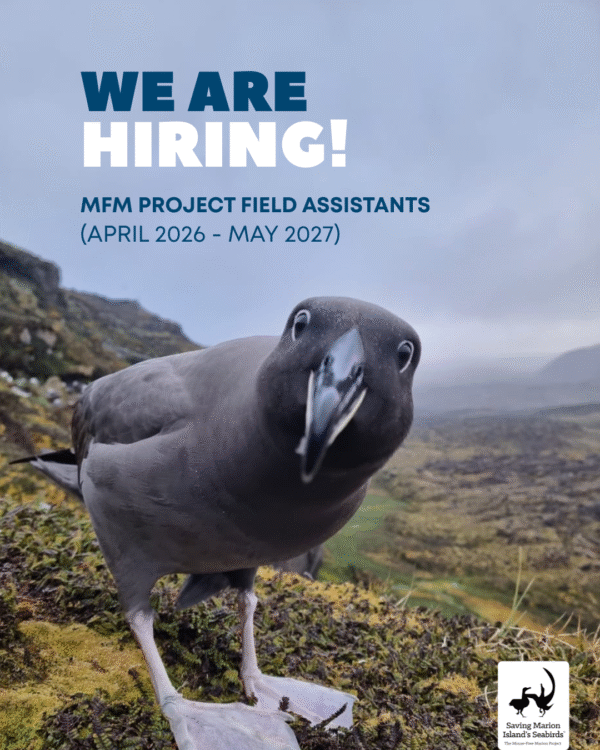 A quizzical Sooty Albatross on Marion Island
A quizzical Sooty Albatross on Marion Island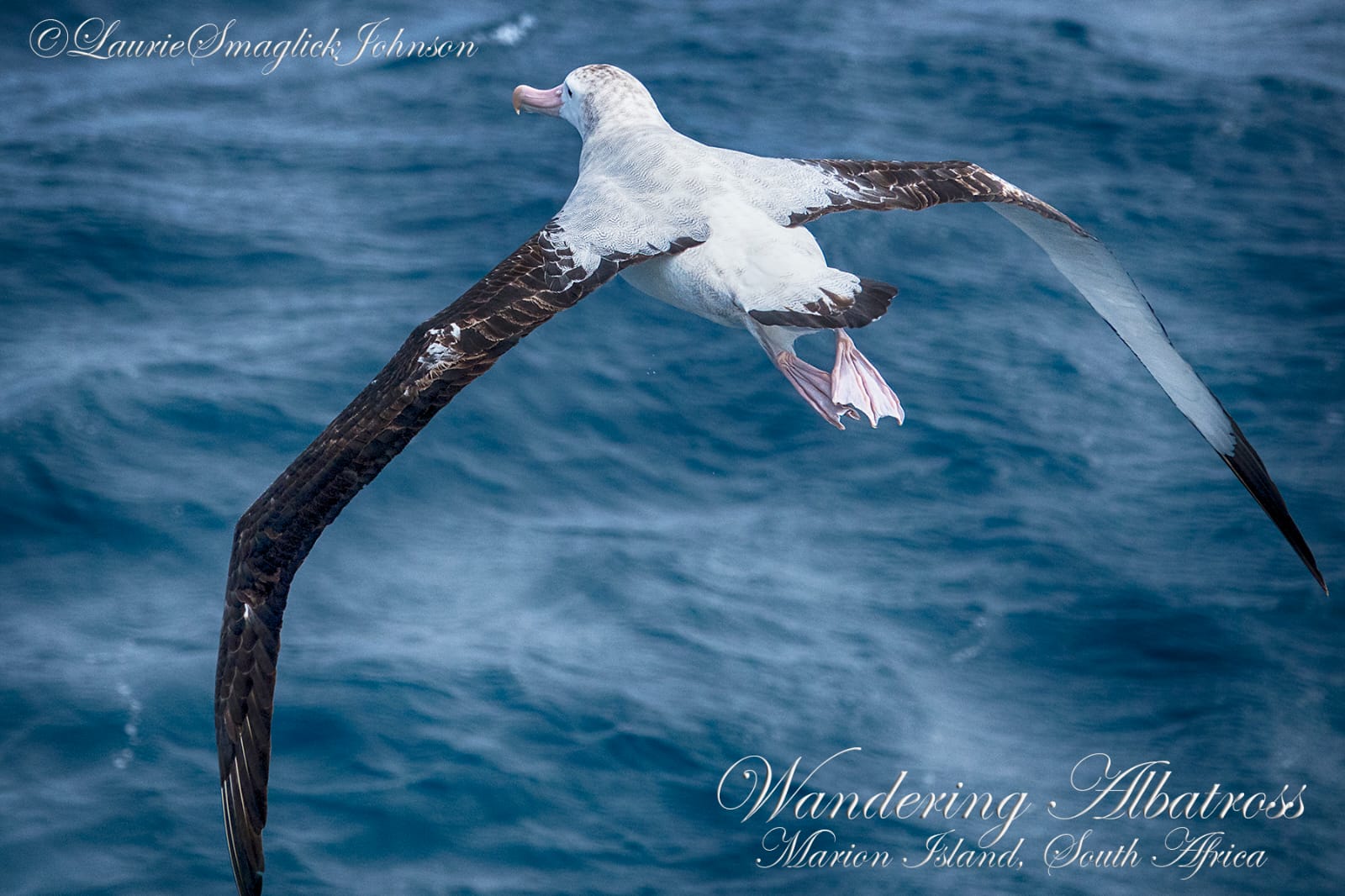
 “Heard Island and nearby McDonald Island are unoccupied by humans and remain one of the world's least anthropogenically disturbed areas”, photograph with a passing Wandering Albatross by Pete Harmsen, CSIRO
“Heard Island and nearby McDonald Island are unoccupied by humans and remain one of the world's least anthropogenically disturbed areas”, photograph with a passing Wandering Albatross by Pete Harmsen, CSIRO